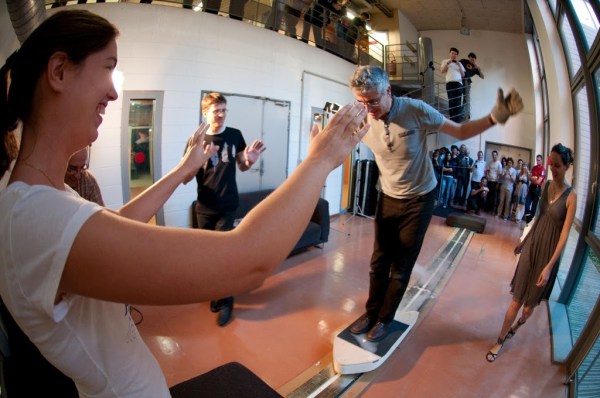The internet only just got over Lexus’ real working hover board, but as it turns out, a team of researchers from the University of Paris Diderot already built one, over 4 years ago (machine translation)!
Using the same principles as the hover board Lexus build, the researchers built a very expensive neodymium magnet track to test the board on. Only difference here is that they didn’t hide the magnets. The hover board itself was machined out of wood, and houses a large sealed metal tray which contains the superconducting bricks.
Pour in some liquid nitrogen through the funnel, and you’re ready to witness some of the quantum properties of superconductors! The board floats a few centimeters above the magnetic rails, and in their tests was able to lift people over 100 kg in weight (hint for most Americans… there are 2.2 pounds to one kilogram).
Continue reading “The French Built The Superconducting Hoverboard 4 Years Before Lexus”










